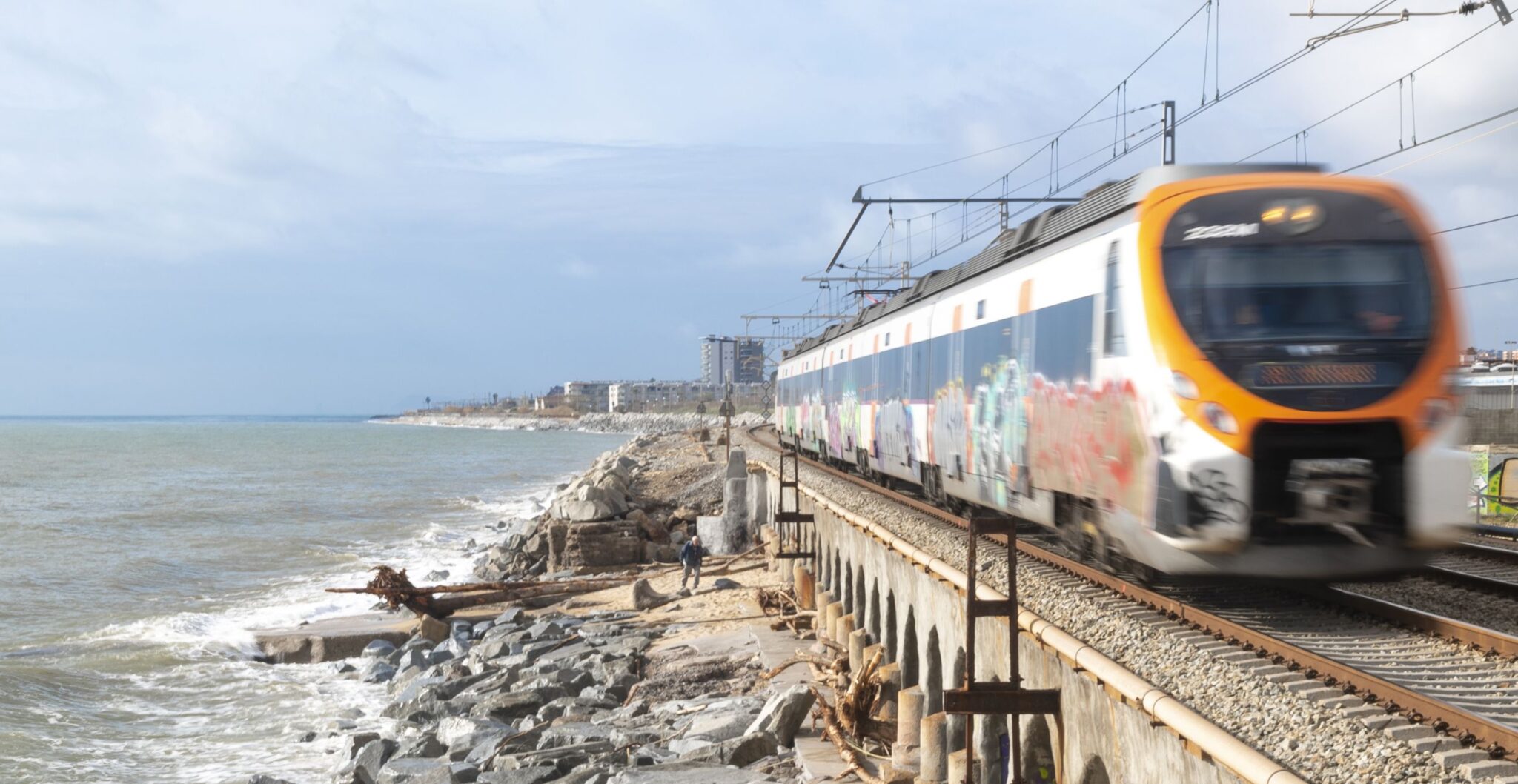IHCantabria develops new methodology to assess the impact of climate change on coastal structures
Research, applied to a coastal structure on the Spanish Mediterranean coast, introduces a new framework for assessing the effects of climate change on coastal structures, with emphasis on modeling future climate conditions
Research staff of the Environmental Hydraulics Institute of the Universidad de Cantabria (IHCantabria) has developed a new methodology to assess the impact of climate change on coastal structures by means of a set of new tools that quantify the expected change according to the climatic conditions that affect the structure, as a preliminary step to estimating impacts and risks.
The results of the study are published in the scientific journal Coastal Engineering, which presents the methodology applied in its entirety to a representative cross-section of the coastal structure that protects the commuter railway line that connects Mataró with Barcelona, in the Maresme region.
In this case study, the results show a significant loss of operability due to overrun and, reliability, due to hydraulic overload on the outer mantle pieces at mid-century in both an “emissions mitigation scenario” (RCP4.5) and a “sustained trend scenario” (RCP8.5).
For example, in the location where the case study was applied and validated, it is projected that the coastal flood event -which currently has a return period of 500 years- could occur, on average, every 50 years in the RCP4.5 scenario at mid-century, reducing to 25 years in the RCP8.5 scenario. This situation could generate significant economic losses if the necessary adaptation measures are not implemented in a timely manner.
As explained by the first author of the article, IHCantabria researcher David Lucio Fernández, the role of coastal structures as the first artificial element of defense against marine dynamics should not be overlooked in coastal management, having been designed so that, throughout their useful life, they comply with certain requirements that guarantee the correct development of the economic, productive and social sectors of coastal areas”.
“The combination of a changing climate threat,” adds Lucio, “together with a high degree of exposure and potentially negative consequences, makes it necessary to develop methodologies that allow us to know what will be the structural, functional and operational behavior of these infrastructures in the face of climatic agents. All this with the aim that engineers and managers can anticipate with sufficient margin for action and carry out cost-efficient adaptation measures that ensure an adequate distribution of public and private resources”.
In addition to David Lucio, IHCantabria researchers Javier López Lara, Antonio Tomás Sampedro and Íñigo Losada are participating in this study.
Access to the full content of the article, through: https://www.sciencedirect.com/science/article/pii/S0378383924000383

Train passing through the commuter railway line, which connects Mataró with Barcelona, in the Maresme region.



